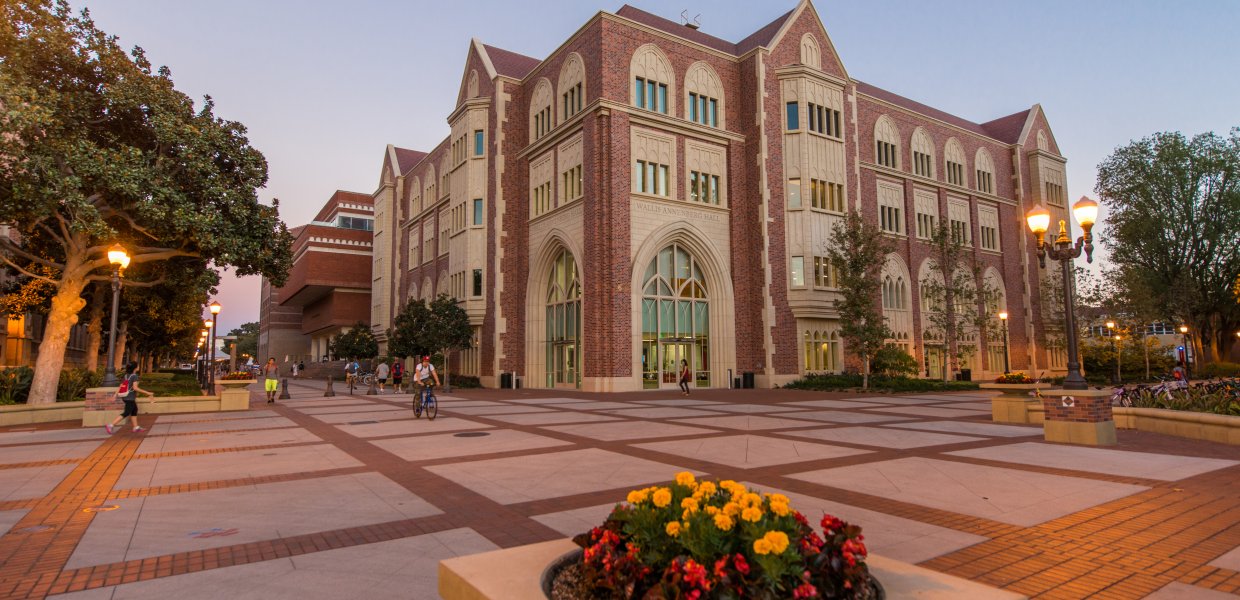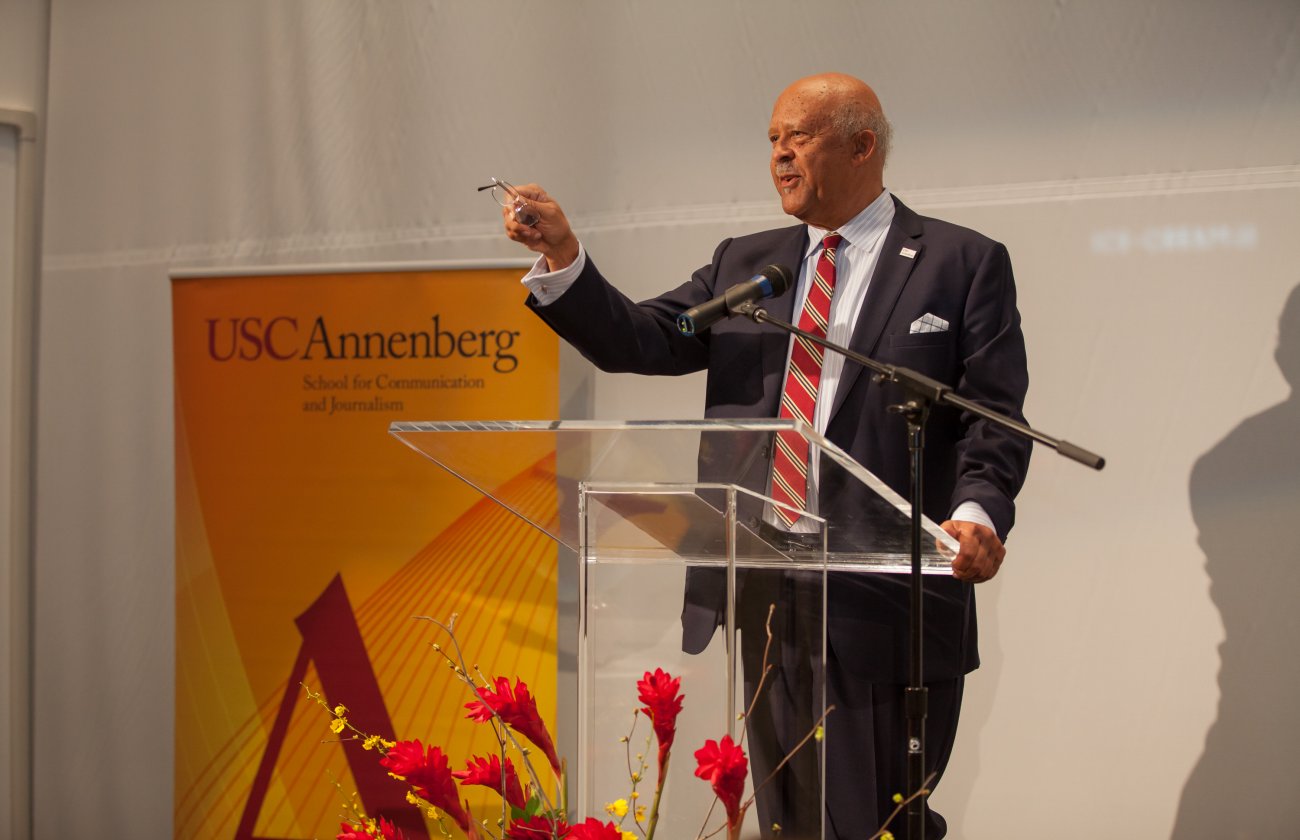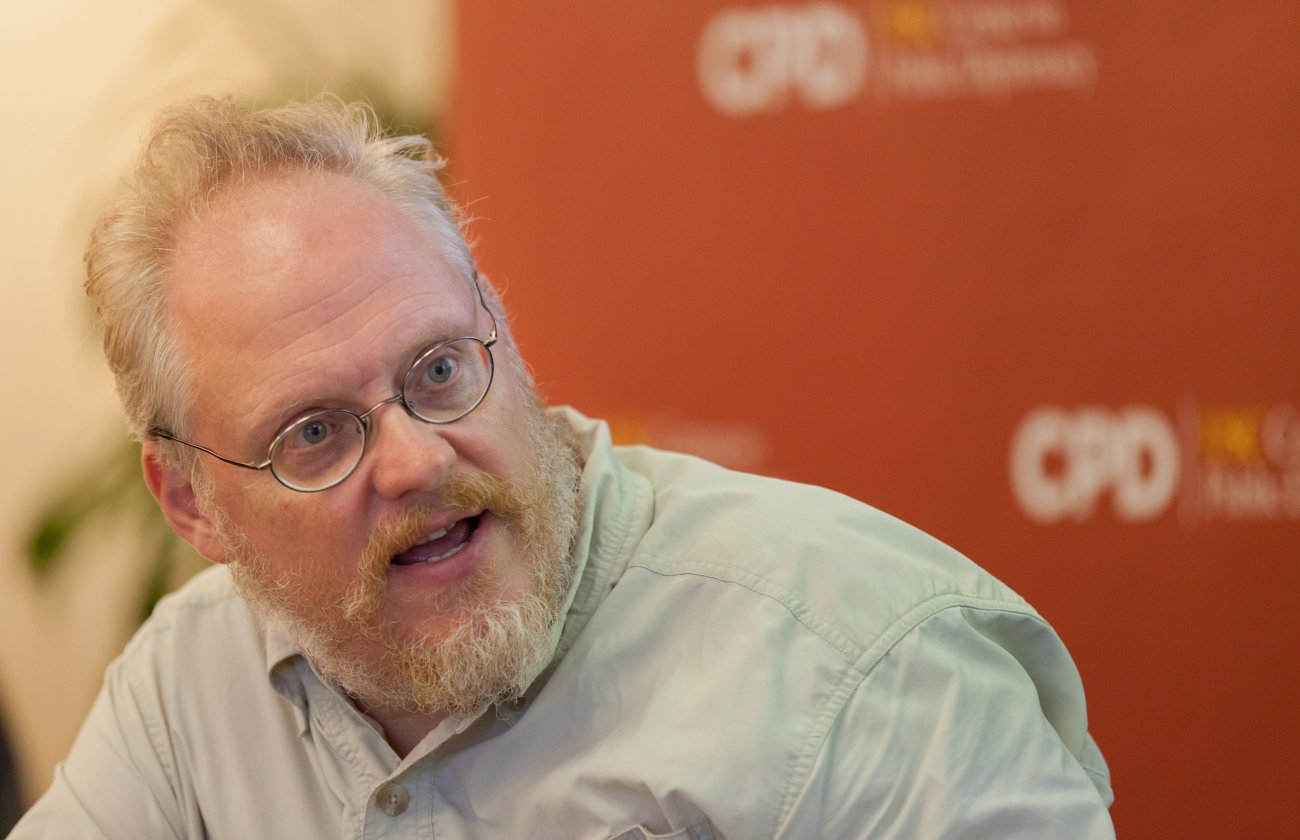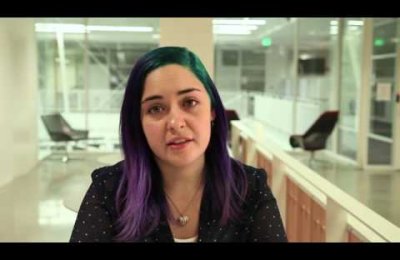The USC Annenberg School for Communication and Journalism heralded its role as a leader of a new era of digital media communication and education with the Nov. 8 groundbreaking for a visionary new building and the launch of a $150 million fundraising drive.
Wallis Annenberg Hall, with five floors and 88,000 square feet, is set to open in Fall 2014 and will be a physical manifestation of USC Annenberg’s dedication to transparency, collaboration and experimentation, Dean Ernest J. Wilson III told an audience of about 250 faculty, staff, students, alumni and friends of the school who gathered for the ceremony.
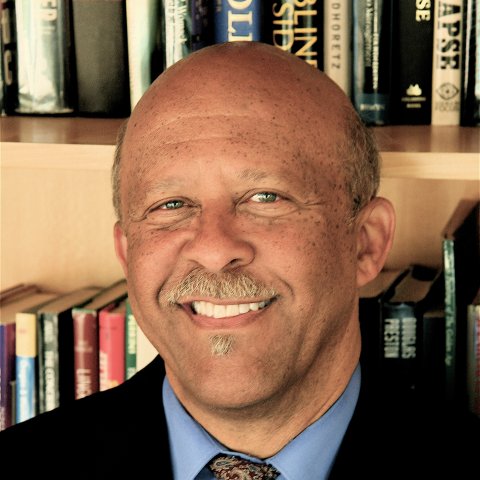
Dean Ernest James Wilson III
“Wallis Annenberg Hall is the incarnation of this ‘Annenberg advantage.’ All of the spaces have been carefully designed to be connectors and not containers, to be inviting and transparent and to encourage those passing by the building to enter, to experiment, collaborate, innovate and learn,” Wilson said.
Besides a 20,000-square-foot digitally converged newsroom, the building will feature an ultramodern interior with a four-story atrium, a rooftop skylight and a multistory digital media tower showcasing student programming along with social media and live broadcast news. The atrium itself is designed to encourage informal conversation and impromptu gatherings as well as formal events. All over the building, faculty and students will be able to work together in different kinds of spaces -- “drop-in” student collaboration areas, multi-purpose rooms, meeting rooms, classrooms, open study areas, labs and a laptop lounge. (See a fly-through video of the new building here.)
At the groundbreaking ceremony, the Trojan Marching Band heralded the arrival of USC dignitaries, who gathered with the audience under a tent erected atop the construction site on the west side of the Pertusati Bookstore. Cardinal and gold confetti rained down on spectators, who cheered as USC President C.L. Max Nikias, USC Provost Elizabeth Garrett, Dean Wilson, Annenberg Foundation Executive Director Leonard Aube and KCAL 9 news anchor (and USC Annenberg alumna) Sylvia Lopez grabbed their ceremonial shovels and posed for a photograph to mark the occasion.
Nikias hailed the extraordinary generosity of Wallis Annenberg, whose foundation’s donation of $50 million will make the building possible. He cited her as the “dean” of USC’s Board of Trustees, the longest serving member and one who “has provided strong leadership and wise counsel for more than four decades.”
“It is her tremendous passion for journalism that brings us here today. When it’s completed, Wallis Annenberg Hall will be a gorgeous building. It will be a landmark building. It will be an island of beauty on this campus,” Nikias said.
And inside its walls, the work of developing and leading a new media age will soon be underway, he said.
“We are here today in the early stages of a digital media revolution, a moment when traditional concepts of journalism and news-telling are often overwhelmed by a constant stream of information,” said Nikias, whose daughter Maria earned her bachelor’s degree in broadcast journalism from USC Annenberg in May 2011.
Wallis Annenberg has long recognized that journalists must have a deep knowledge of new digital technologies, he said. “That’s why it’s so important for us to have the new building, to house our journalism programs and provide state-of-the-art laboratories and equipment that will allow them to experiment, learn and succeed.”
The converged newsroom will tear down the silos that separate broadcast, print and web journalism. Its content management system will allow students to share and publish from multiple sources to any medium. The nucleus of the operation is a 360-degree assignment desk that will run the day-to-day work of USC Annenberg’s student news organizations. Student journalists will seamlessly share audio and video on multiple platforms, and even the studios in the newsroom will be multipurpose. A television studio with multiple sets will operate alongside a separate radio studio equipped with broadcast-quality cameras so that radio programming can be used online or on TV as well. A third studio, designed for vodcast, will allow students to stream professional-quality audio and video directly to the web.
Public relations students will take advantage of the newsroom’s resources, as the profession is increasingly driven by digital video and social media tools.
All of Wallis Annenberg Hall will feature up-to-the-minute technology that is scalable and flexible as new innovations become available. The building will be loaded with full WiFi and 4g wireless capacity, including at least 110 hotspots and no dead zones. Digital monitors throughout the building will stream student programming and instruction material in classrooms.
Beyond delivering content that will accelerate students’ future careers, the building will fulfill a larger vision that is dear to Wallis Annenberg, Nikias said: “To promote journalism that leads to an informed public, which is central to the health and function of a democratic society.”
Sylvia Lopez, and Emmy award-winning journalist who anchors KCAL 9’s newscast at 4 and 9 p.m., attested to the quality of her own USC Annenberg education and that of her fellow alumni – whom she’s seen succeed in her own newsroom as well as other broadcast, print and digital newsrooms across the country.
“This new building will allow our students to develop and refine those skills in ways many of us never could have imagined,” she said. “But at the same time, it represents everything Annenberg has always stood for. Students here will continue to learn the very essential things I learned here many years ago – how to write and craft a story, how to be a consummate communicator.”
The pace of change in digital news and communication has been far-reaching and overwhelming, said Leonard Aube, director of the Annenberg Foundation. So much so, he said, that “educators might be forgiven for just wanting to curl up in a ball and wait for the revolution to sort itself out.” The crowd laughed as he continued: “But under the leadership of Dean Wilson, USC Annenberg is not waiting and it’s not curling. It’s innovating.”
He praised the philosophy of innovation and collaboration that is driving plans for the new building.
“In a world where the biggest changes come from the bottom up and not the top down, it makes no sense to limit education to a series of expert lectures,” Aube said.
The work of the school embodies the goals of the Annenberg Foundation, which looks to fund ideas that will forge paths and be a model for other philanthropies, he said.
“We at the Annenberg Foundation couldn’t be more excited about our partnership with USC Annenberg. Together we can move past the old paradigms and change the way we train communications for a fast-changing profession. Together we can help create a society that’s better informed, more deeply engaged and more vitally connected to the world around us.”
The School’s $150 million fundraising initiative will help build out the new facility as well as earmark a $30 million endowment for student scholarships, including need- and merit-based scholarships, graduate fellowships, internships and residencies and study-abroad stipends. Administrators will also set aside $30 million for an endowment for faculty, research and teaching – including chairs and professorships and research centers. Finally, $20 million will go toward innovation and start-up funding, changes in flexible technologies and interdisciplinary projects and collaborations.
The initiative is part of the broader Campaign for the University of Southern California, a multi-year effort to raise $6 billion for the university’s academic, community and capital priorities.
For more information about the Campaign for the University of Southern California, visit http://campaign.usc.edu/. For more information about Wallis Annenberg Hall and USC Annenberg’s fundraising drive, visit http://wallisannenberghall.uscannenberg.org/.
